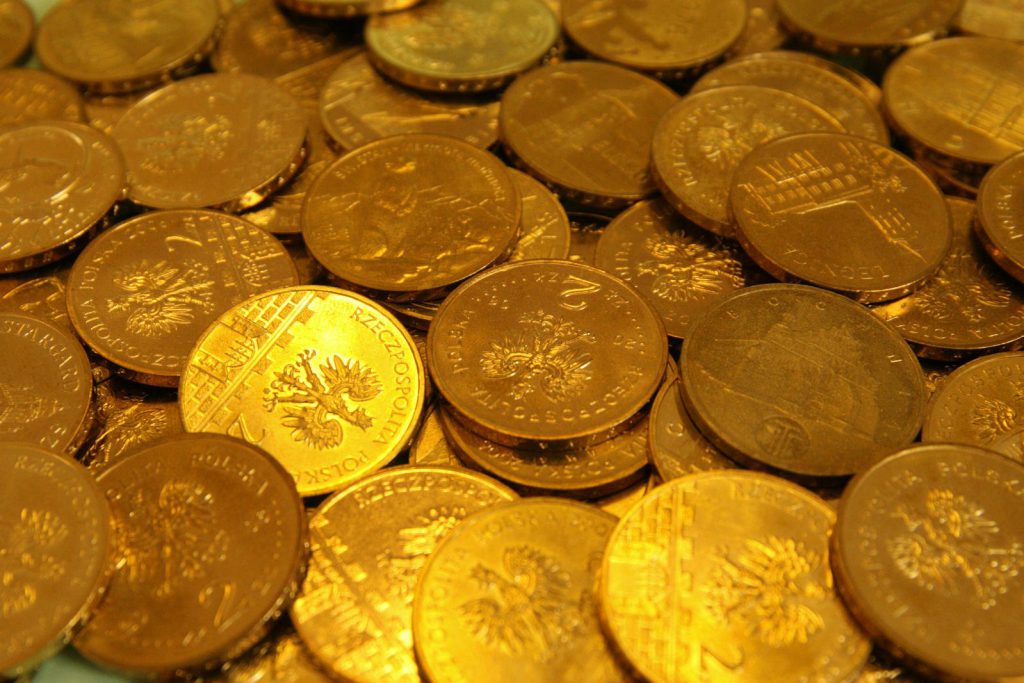[ad_1]
As we have noted, markets are deep into what we have called the Tariff Trade based on the assumption that Trump would win his trade war with China and that he would do so before it had any serious negative impact on the U.S. economy. The Tariff Trade was to go long certain U.S. equities and the dollar and short the yuan, commodities and gold. The result? As many commentators have noted, the gold price has been tightly correlated to the Chinese yuan since the trade war was initiated by President Trump six months ago.
This trade now appears to be unwinding for a number of reasons and we expect this fact to have a significant positive impact on gold. In our view, the gold price has bottomed.
What is the evidence that the Tariff Trade is unwinding? First, we note that, in the last month, the gold price/yuan correlation has suddenly weakend. Furthermore, in the last COT data published by the CME, the record high speculative short position in gold has begun to cover. And consistent with our thesis of a Tariff Trade that is unwinding, gold has now begun to trade up as the S&Ps fall and the inverse correlation of these two has actually increased.

At the same time, the gold price appears to be decoupling from its inverse relationship to the dollar. For the past month, the gold price has shrugged off dollar strength in favour of equity weakness. Historically, gold has tended to begin its move higher in advance of a dollar decline. Is this what the market is telling us now?

We think something fundamental is changing in the gold market. Eurasian central banks are trading in dollars for gold. The Hungarian Central bank recently added 31.5 tonnes of gold to its reserves, Poland bought 9 tonnes, the Reserve Bank of India purchased 8.46 tonnes while Russia continues to accumulate roughly 20 tonnes per month.
Some gold commentators have suggested that, below the surface, inflation is beginning to bubble and this accounts for a revival in the gold price. This may be but it must be said that expectations of inflation have been largely disappointed over the recent past. The TIPS inflation-protected Treasuries and other market-driven inflation measures have not been giving any signals and wage rates, a key leading indicator of inflation, have been surprisingly stable despite what is said to be a tight U.S. labor market.
Our sense is that gold may be sniffing out potential problems in credit markets, especially in Europe. The European Central Bank has said that it intends to end its purchases of assets (primarily EU sovereign bonds) at the end of this year. Since the ECB is by far the largest bidder for these securities and also a price-insensitive one, we do not see how a crisis can be avoided in the EU sovereign bond market unless Germany relents and allows the buying to continue. Given the rise of populist sentiment in Germany and the growing weakness of Angela Merkel’s government, we doubt the political leadership required for such an unpopular accommodation is possible.
The largest holder of EU debt is Europe’s commercial banking system. If the bond market falls as we expect, this is where the greatest damage will be done. Gold is the ultimate risk-averse investment and it may be that perceived default risk rather than inflation is behind the recent gold price recovery. As evidence, we point to the performance of EU bank stocks (EUFN) and the Italian sovereign bond market, Europe’s second largest (IITB).


Watch these indices. They may be the key to the gold price going forward. We expect to publish more on credit market risks in the near future focussed on the potentially dangerous impact of further Federal Reserve tightening on the increasingly risky U.S. corporate bond market.
The SPDR S&P 500 ETF Trust (SPY) closed at $265.33 on Friday, down $-4.75 (-1.76%). Year-to-date, SPY has declined -0.17%.
SPY currently has an ETF Daily News SMART Grade of A (Strong Buy), and is ranked #1 of 152 ETFs in the Large Cap Blend ETFs category.
This article is brought to you courtesy of Streetwise Reports.
[ad_2]
Source link Google News

